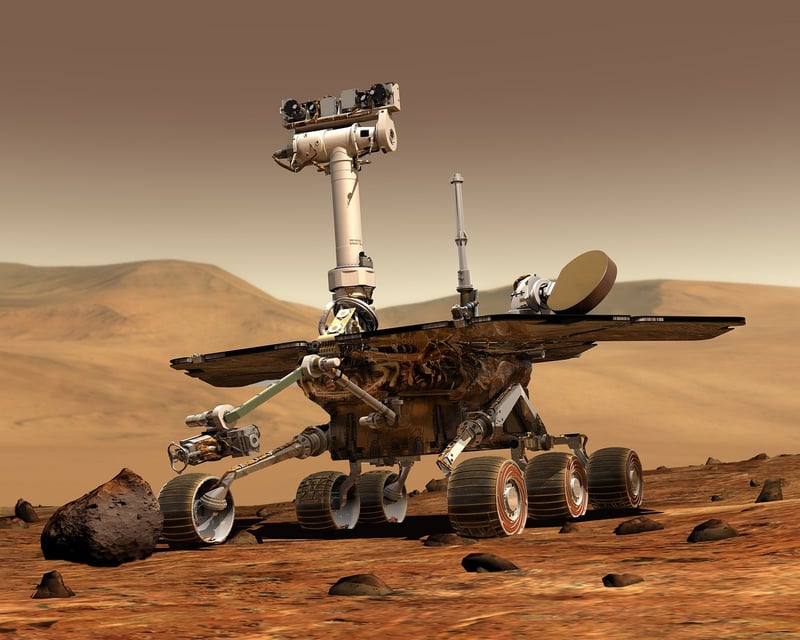Mars Habitats
Establishing Human Presence in Space: Mars Habitats
As humanity looks towards the stars, the idea of establishing a human presence in space has captured our imagination. One of the most exciting prospects is creating habitats on Mars, our neighboring planet. Let's explore the challenges and possibilities of building Mars habitats.
Why Mars?
Mars has long been a target for human exploration due to its similarities to Earth. With a day length close to ours and the presence of water ice, it offers a potentially habitable environment. Establishing a base on Mars could serve as a stepping stone for further exploration of our solar system.
Challenges of Mars Habitats
Building habitats on Mars comes with a myriad of challenges. The thin atmosphere, extreme temperatures, and high levels of radiation make it a harsh environment for humans. Designing structures that can withstand these conditions while providing a safe and comfortable living space is crucial.
Key Considerations for Mars Habitats:
- Protection from radiation
- Sustainable life support systems
- Resource utilization (such as using Martian soil for construction)
- Psychological well-being of inhabitants
Designing Mars Habitats
Scientists and engineers are exploring various designs for Mars habitats, from inflatable structures to underground shelters. These habitats need to be self-sustaining, providing food, water, and oxygen for the inhabitants. Additionally, they must protect against the harsh Martian environment.
Images of Mars Habitats:

Future of Human Presence in Space
Establishing habitats on Mars is a significant step towards expanding human presence in space. It presents both technical and logistical challenges, but the potential rewards are immense. The knowledge gained from building Mars habitats will pave the way for future missions to other planets and beyond.
Excited about the prospect of living on Mars? Stay tuned for more updates on the latest advancements in space exploration!
